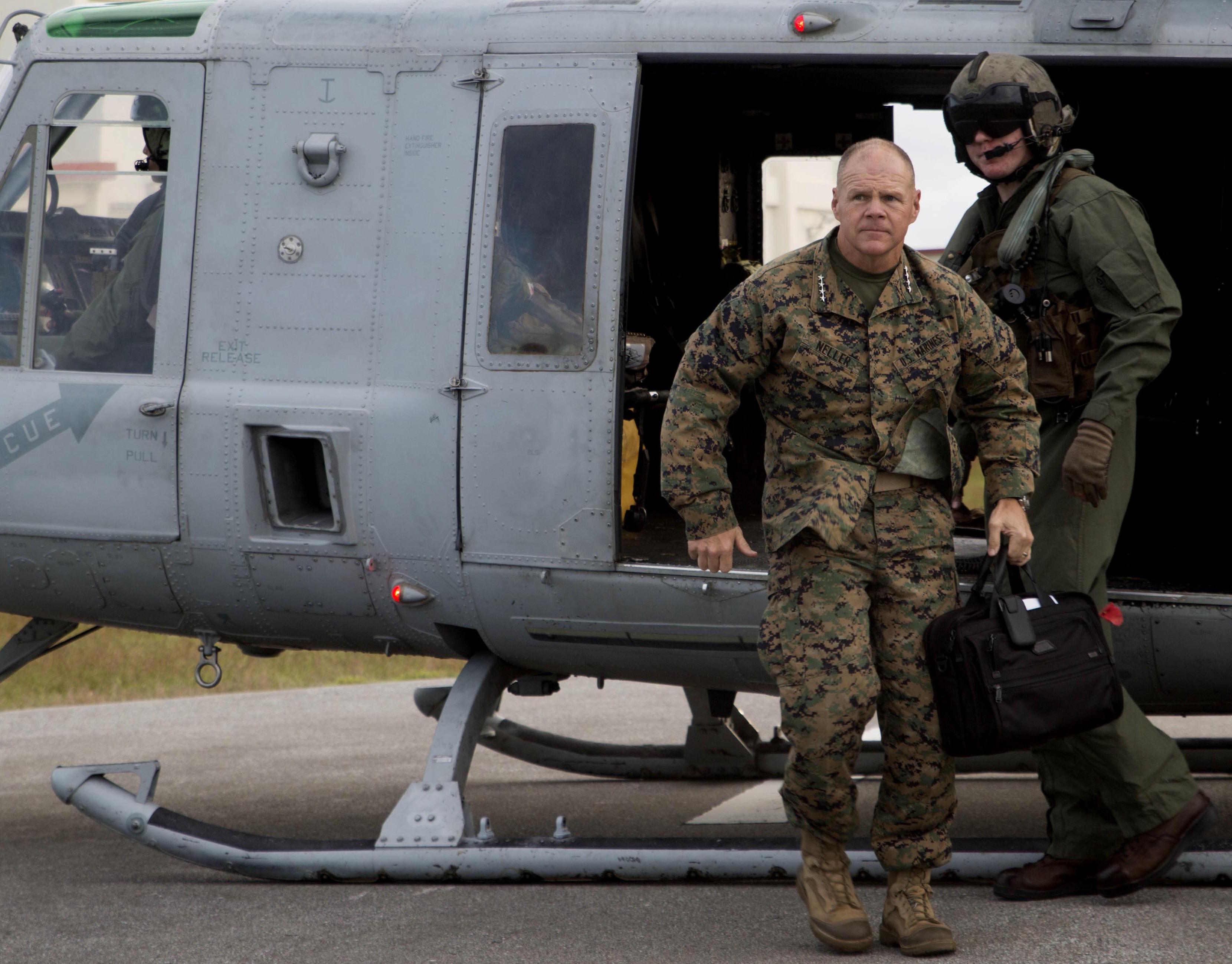
Gen. Neller is speaking today at the Center for Strategic and International Studies as part of the U.S. Naval Institute – CSIS Maritime Security Dialogue.
THE PENTAGON – Commandant of the Marine Corps Gen. Robert Neller said the service has a lot to be proud of today: amid flat funding levels, the Marines are building back readiness, deploying forces at as high a tempo as any time in recent memory, and replacing nearly all its types of aircraft and some ground vehicles with newer and more capable platforms.
And yet, sitting in his Pentagon office, Neller said he couldn’t let that be good enough.
“The time for an organization to really ratchet it up and go to the next level is when they think they’re on top – because if you ever start thinking you’ve got it all figured out and you’re really the best you can be, that’s when you get passed,” Neller told USNI News.
“And that’s not going to happen to us.”
Rather, Neller said he’s looking for evolution and improvement in everything the Marines do, from the technology it pursues to the way it organizes a Marine Air-Ground Task Force (MAGTF) to the people it recruits.
“The only thing we’re not going to do is stay the same,” he said.
Today’s Readiness and Force Structure
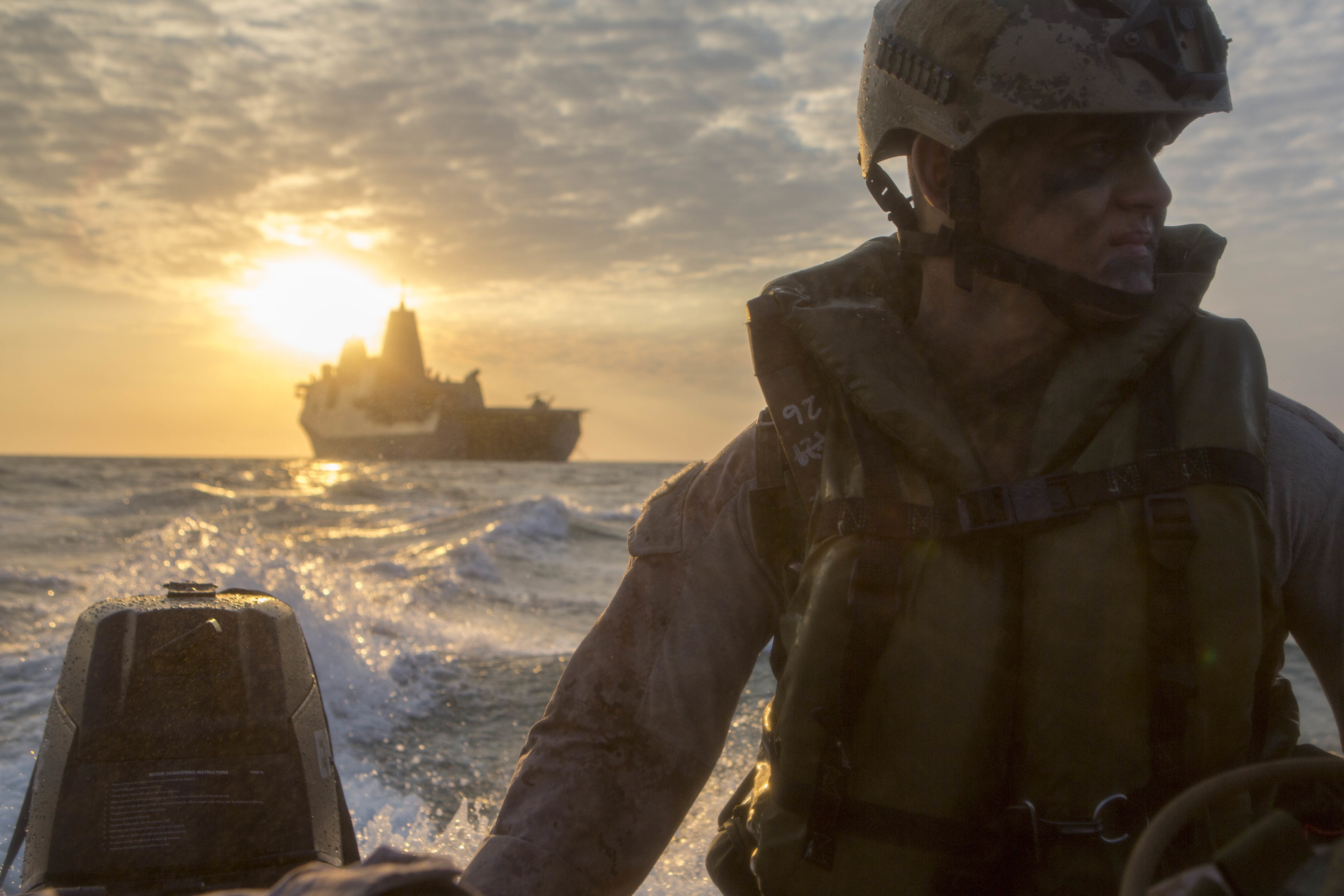
Demand for Marine Corps presence around the world has increased even as the size of the Marine Corps has decreased over the past couple years, creating some challenges for the service.
For ground forces, particularly the basic infantry battalion, “in the aggregate I think our readiness is pretty good,” Neller said. But aviation readiness worries him. As squadrons transition from old aircraft to the longer-range and more combat-capable replacements, those units go offline for 18 to 24 months, leaving the rest of the squadrons to meet global requirements. Add to that delays in getting CH-53Es and F/A-18 Hornets through depot maintenance, plus delays in fielding the F-35B Lighting II Joint Strike Fighter, and “their readiness is of most concern,” Neller said of the aviation community.
He noted that “we’re starting to see a slight, consistent uptick in the number of aircraft that are on the ramp,” but it will take several more years of stable resources and attention to build back readiness across the aviation community.
Still, Neller said the Marine Corps would not back away from meeting combatant commander needs across the globe.
“I think if you talk to anybody, particularly those people that are deploying, they would say that the overall [deployment] tempo on the force is as great as it was at the height of Iraq and Afghanistan – so even though we may not be going into combat, we’re going to deploy,” he said.
“In the middle of this recapitalization of all this aviation is the continued demand on the forces. We are trying to meet the demands of the combatant commanders, meet the demands of the nation to be the nation’s force in readiness, continue to support with forward-deployed forces whether they be in the Pacific, whether they be in ARG/MEUs (Amphibious Ready Groups/Marine Expeditionary Units), whether they be in Special Purpose MAGTFs, but do so in a way that, at the same time, back at home station we can train but also reset ourselves.”
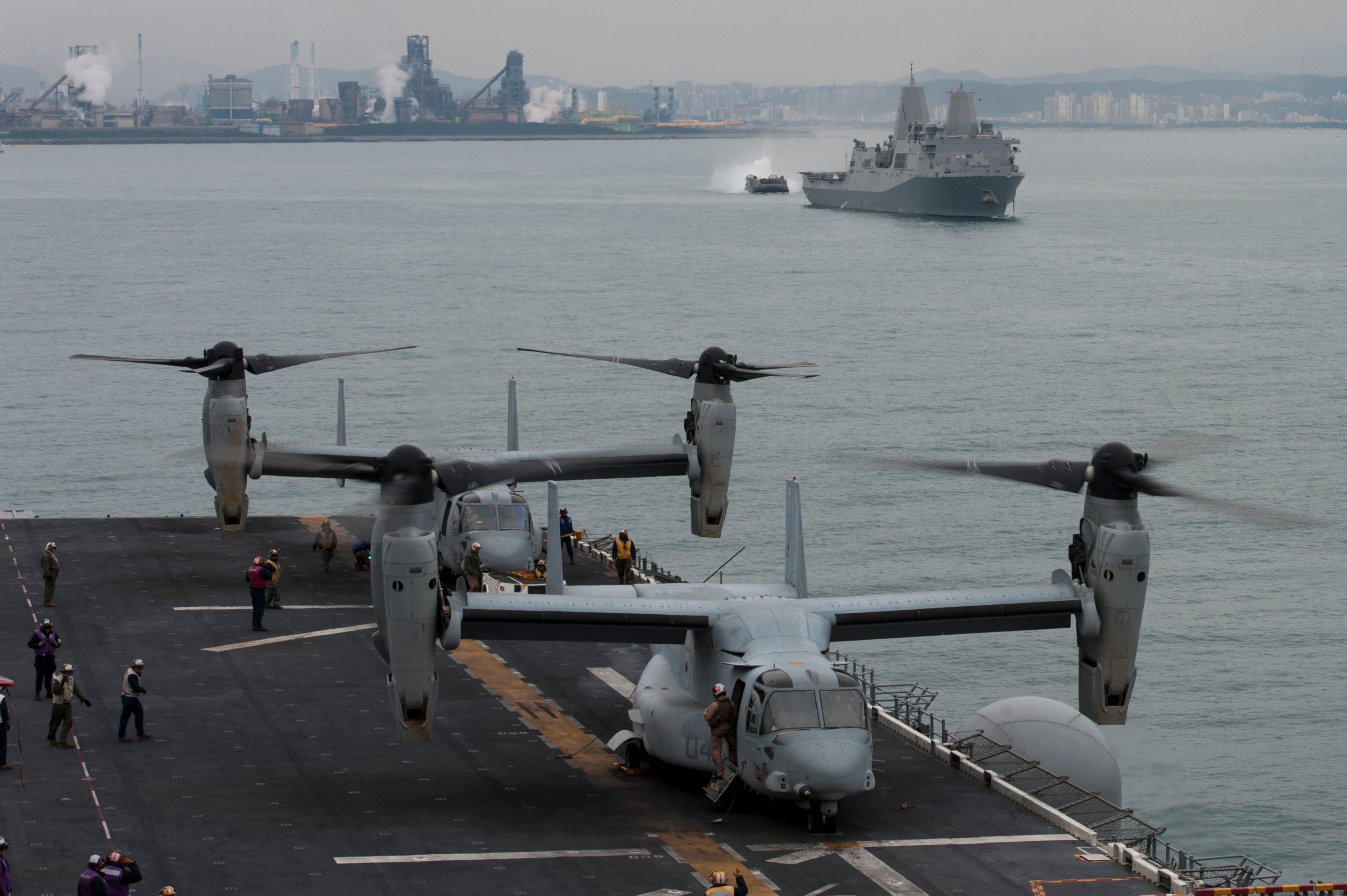
To help the Marines operate across the globe, Neller said he still needs more amphibious ships. The Navy is conducting a new force structure assessment to lay out updated requirements for each ship type based on global demand signal, and Neller said he expects the amphib requirement to at least remain at the current 38-ship figure.
“Both (Chief of Naval Operations Adm. John) Richardson’s and my predecessors have documented a valid requirement for a minimum of 38 amphib ships. So that’s not being met today, there’s 30. Based on the ship construction plan it’ll go to 34 and then it will probably taper off again. There’s not a current plan that gets us to 38,” Neller said.
“Ships are expensive, I understand that, but we will continue to advocate to do anything we can do to increase the number of amphib ships because we believe that provides operational advantage to combatant commanders and enhances the security of the United States.”
The 38-ship figure comes from the Corps’ requirement for two Marine Expeditionary Brigades to provide a forcible entry capability from the sea – 17 ships needed to transport a MEB, plus a 15-percent buffer, or four ships, to account for ships in planned or emergent maintenance periods.
Asked about the utility of maintaining the 38-ship requirement given that current Navy plans cannot support building fast enough to reach, let alone sustain, that total, Neller replied, “at what point do you simply have to say, look, this is what we think we need to be able to do, this is what the plans that are written up say we have to be able to do to be successful, so therefore this is the requirement?”
“I would not support changing – the requirement is the requirement. There’s also the reality of what you can do and what you can afford, but it doesn’t mean the requirement isn’t what it is,” he continued.
“And in my mind 38 is the minimum requirement of what this nation needs as long as we say we want to have a forcible entry capability from the sea based on two Marine Expeditionary Brigades, which is not a whole lot.”
Tomorrow’s Future Force
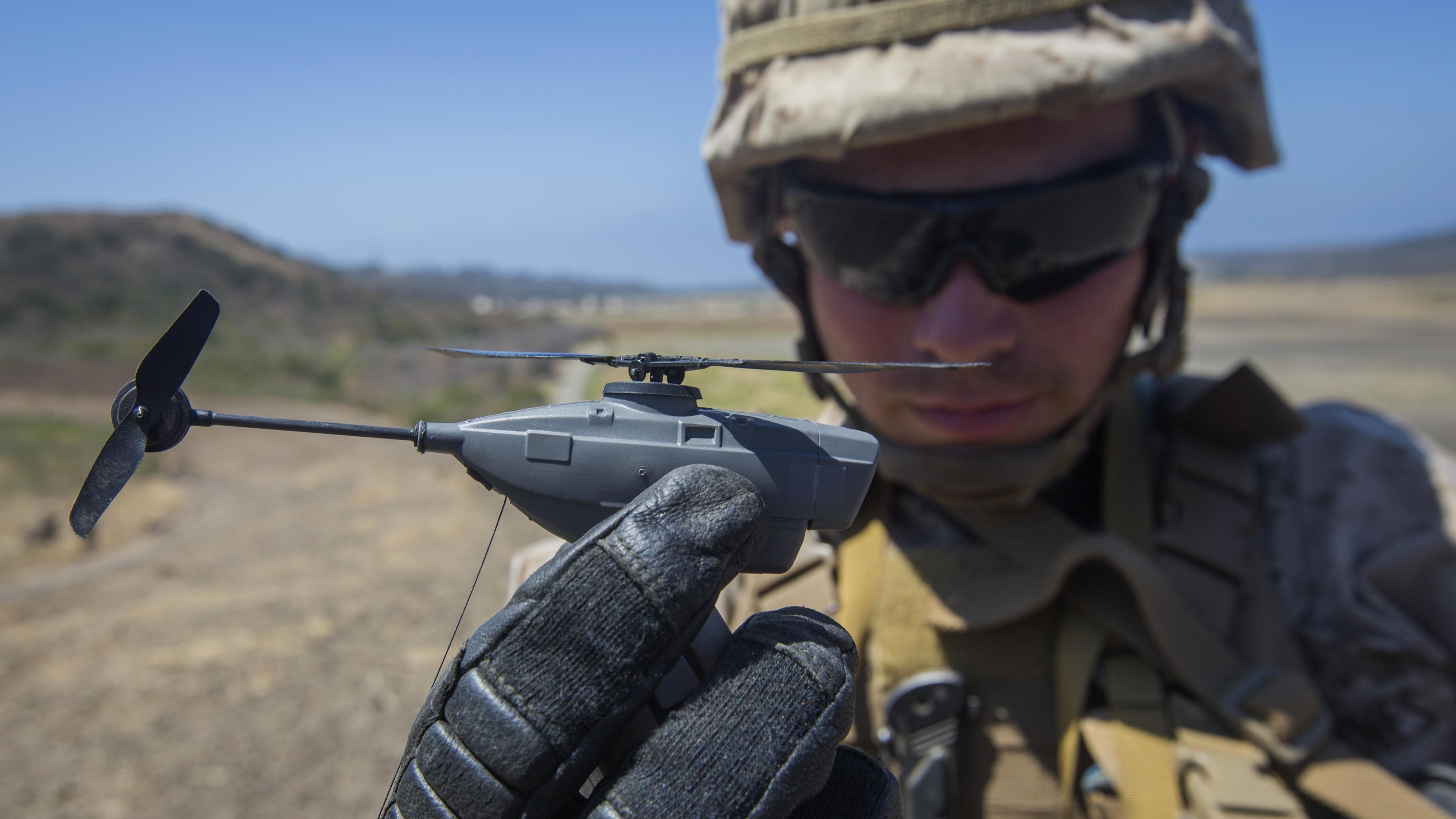
Though the Marine Corps today is getting by with flat budgets and sky-high operational demands, the service cannot sustain that stress forever. To get ahead of that problem, the Marine Corps tasked two groups with looking at how to evolve the force into one optimized for future requirements: one would evolve the force in an evolutionary manner, the other in a revolutionary manner.
Neller was to pick one option to pursue – and as a first step, the experimental battalion, 3rd Battalion 5th Marines, would be outfitted, organized and employed accordingly – but he said the two groups ultimately merged into a single hybrid path forward. With this single hybrid approach, service leaders are now considering what communities in the Marine Corps would need to grow to support this future force and, if the 182,000-topline remains in place, what capabilities to decrease, eliminate or move to the reserves to make room for the new capabilities. Up for debate is even the basic question of how to organize the infantry, Neller said, and though he hasn’t settled on all the answers yet he expects to have a decision early next year.
“We’ve got a pretty good idea of the capability sets that we think we need to have more of, I think we have an idea of where we would get some of these people from, I think we have an idea of where we might mitigate some of the risk by putting some of the capability in the reserves, and I think we’ve got a good idea of what this force would look like if we were unconstrained resource-wise – but the likelihood of that is pretty low,” he said.
One of the areas the Marine Corps will have to grow is its cyber force. U.S. Cyber Command has tasked the Marine Corps with developing teams to conduct “defensive and other” operations, and the Marine Corps is still recruiting and training to fill those new jobs.
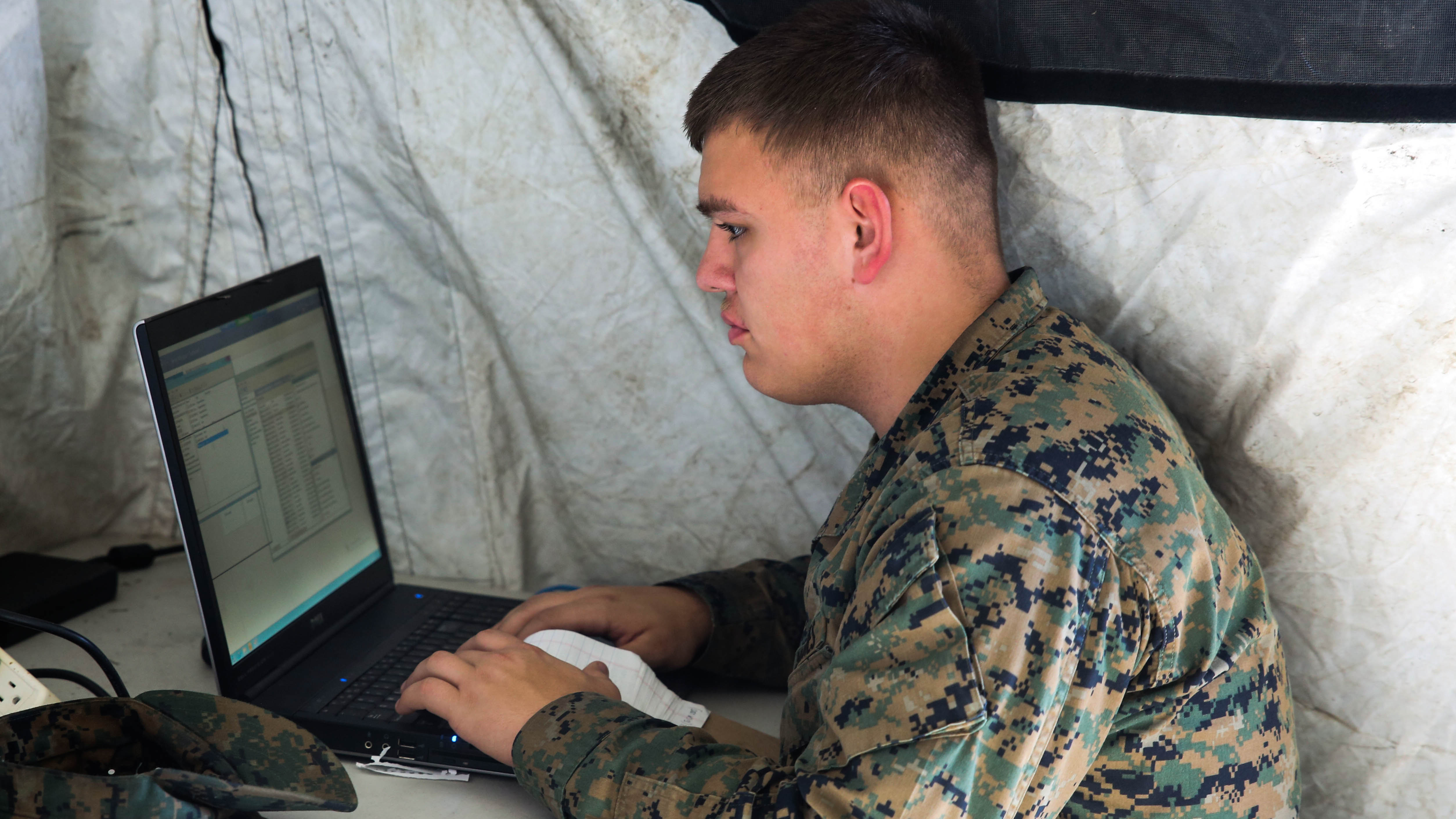
“You have to have people that understand what the effects are that you can achieve, and then you have to know how to request the effect. There’s always been certain capabilities in the radio battalions to do stuff on the electromagnetic spectrum, and those Marines will continue to be there, but what we’re really looking for, we’re looking for people that can not just execute certain things, but they can plan it and know how to access the capability across the entire government of the United States,” Neller explained.
The commandant has made clear that any cyber warrior wearing a Marine uniform will be held to Marine Corps fitness and other standards, but he said part of considering the future force will be finding ways to bring in the best expertise for complex cyber and information-age warfare.
In pursuing this future force, Neller said service leadership is also thinking critically about concept documents like Expeditionary Force 21, which lays out a vision of the 21st Century Marine Corps. Neller is about to sign an updated version of the two-year-old document, with the update being “more focused on how we do what we do, and not the why but the how.”
The update will also include discussion of the capabilities and technologies needed to achieve that goal.
Deputy Commandant for Installations and Logistics Lt. Gen. Michael Dana released a video earlier this summer calling for innovative ideas from Marines throughout the service, and Neller said they received more than 300 ideas. The service will soon announce which ideas it selected to pursue, but Neller said this was the first and not the only opportunity for Marines to make their voices heard in Marine Corps innovation, experimentation and rapid prototyping.
“Gen. Dana’s thing was kind of the first one out the door where, hey, if you’ve got an idea on how to make it better we’ll start there,” Neller said.
“But we are going to formalize and institutionalize a place to kind of be the recipient of all that.”
The commandant said the Marine Corps works with U.S. Special Operations Command on some small-unit rapid prototyping ideas but primarily relies on the Marine Corps Warfighting Lab to push forward innovations big and small – better boots and body armor, robotic devices to assist troops on the move, unmanned systems, counter-drone technologies and more.
Neller said he didn’t have his eye on one big innovation focus area to pursue. Rather, “to me, change and progress is the compilation of a whole bunch of little things that all take you to a different place in the not too distant future.”





